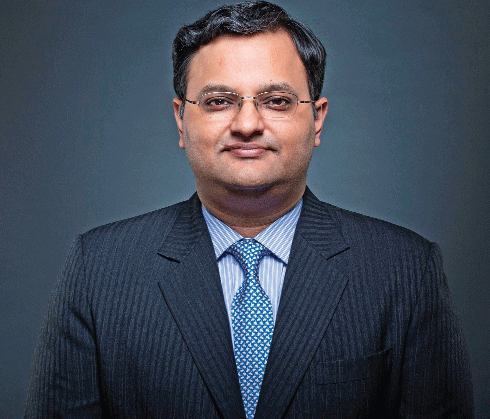
Rohit Singhania is senior vice-president and fund manager at DSP BlackRock Investment Managers. After joining DSP BlackRock in September 2005, he had held positions as portfolio analyst and research analysts in different divisions and covered sectors like auto, auto ancillaries, metals, infrastructure, sugar and hotels. Previously, he was with HDFC Securities.
Singhania believes in keeping it simple and focussing more on what he understands. His philosophy is to believe in team and processes, and to avoid noise. “At a price everything is good. We believe strong performance is a result of a robust and consistently applied investment process,” he says.
Investment strategy
Singhania typically takes a two to three years view on stocks using a combination of “top-down” and “bottom-up” approaches and concentrates on three main principles to generate alpha: (i) Fundamentally anchored stock selection where he and his team prefer growth companies valued at reasonable prices. The focus is on sustainability of earnings growth, economic moat (competitive advantage) and business cycles. Valuations are weighed against history, competition and sector.
(ii) Style diversification where there is no bias to any particular style such as growth or value. Such an approach helps in reducing the impact of style cyclicality.
(iii) Adaptability to changing environments through tactical weight management in stocks. The idea is to identify and own good businesses over a longer period and play the whole cycle. “However, I prefer to manage stock weights within a range depending on the outlook on either the business or the market in the medium term,” says Singhania.
Top picks
Some major investment decisions that helped him make good gains include his overweight stance on metals in CY16/17 and on EPC (road developers & general construction companies) companies in CY17, which fetched him good returns. Indian metal companies were coming out of a multiyear capex cycle and the balance sheet was expected to improve from there as the capex reduced and free cash flow increased. Indian metal and steel companies were at the lowest end of the global cost curves and were generating profits even as global companies were making loss. Globally metal and steel prices were at a cyclical bottom now and he anticipated that any pickup in activity would drive up metal and steel prices.
On infrastructure, the government has been focusing on investment push in roads, railways and defence. On the listed space there were focused road sector players which could benefit from the increased spend. “We were slightly early on the trade. However, with the announcement of Bharatmala, the market got more confidence on the future potential growth in profitability and return ratios,” said Singhania.




